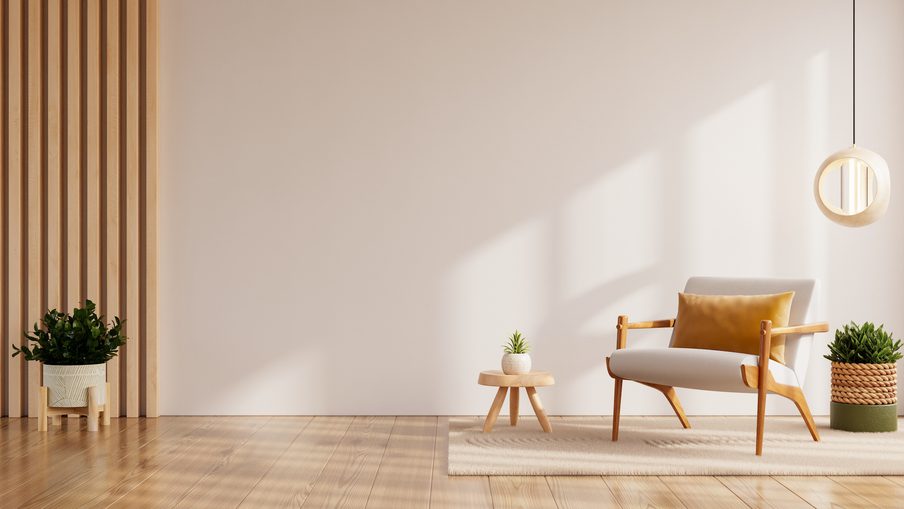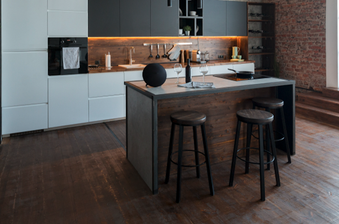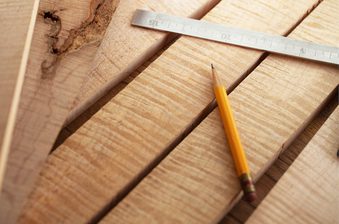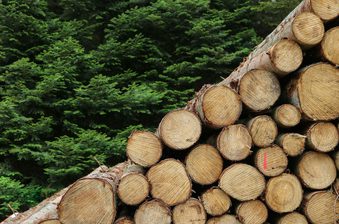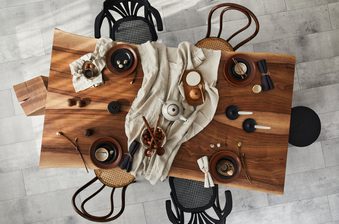Whether for flooring, furniture, skirting or wall slats, there’s a reason interior designers and woodworkers clamour for the calming, minimalist and Scandi-inspired look effortlessly evoked by pale timber.
Light-coloured woods like hard maple, beech, American ash, European ash, American white oak and tulipwood are particularly popular. Not only do they offer a clean, airy and uplifting aesthetic, but because of their typically straight and uniform grains, they have good workability.
Pale woods can work externally, too. Due to their natural outdoor durability, relatively light-coloured species like Siberian larch and Douglas fir are also often used for applications like cladding and fencing.
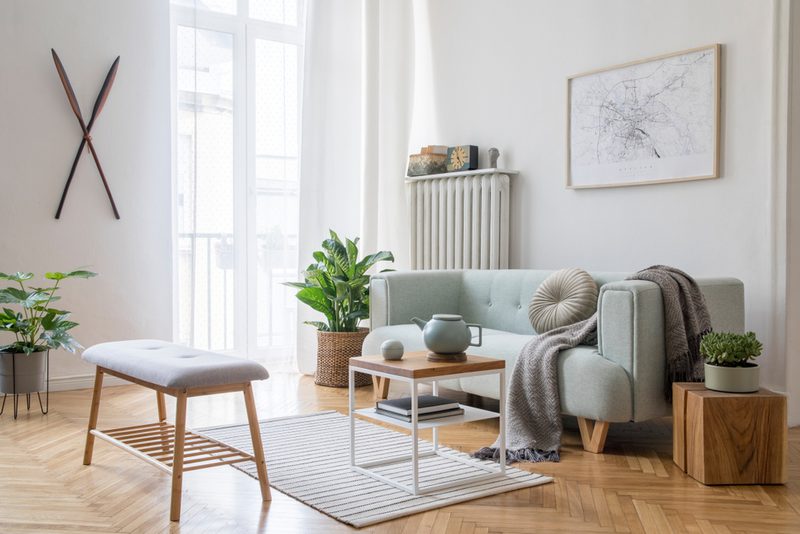
‘Pale’ can cover a whole gamut of colours, from creamy-white to off-white with a reddish and even light golden brown.
Light-coloured woods can also exhibit immense variety in grain pattern, drastically affecting the look and feel of the timber.
Compare the bold open grain and visible growth rings of American ash (which can give a rustic, country-inspired feel) to the fine, smooth and subtle grain pattern of European white beech.

But which light wood in particular might work best for your project?
Light-coloured wood types and species
The most commercially popular types of pale wood are maples, oaks, beeches, ashes and tulipwoods, with various different species within each group.
These all have a native climate in the Northern Hemisphere (North America and Europe) and are often grouped together as ‘temperate hardwoods’. The cool, seasonal environment in which these trees grow reduces the need for dark-coloured protective extractives, giving them their airier hue.
Let’s dive a little deeper and explore several pale timber species, covering a range of budgets.
American hard maple
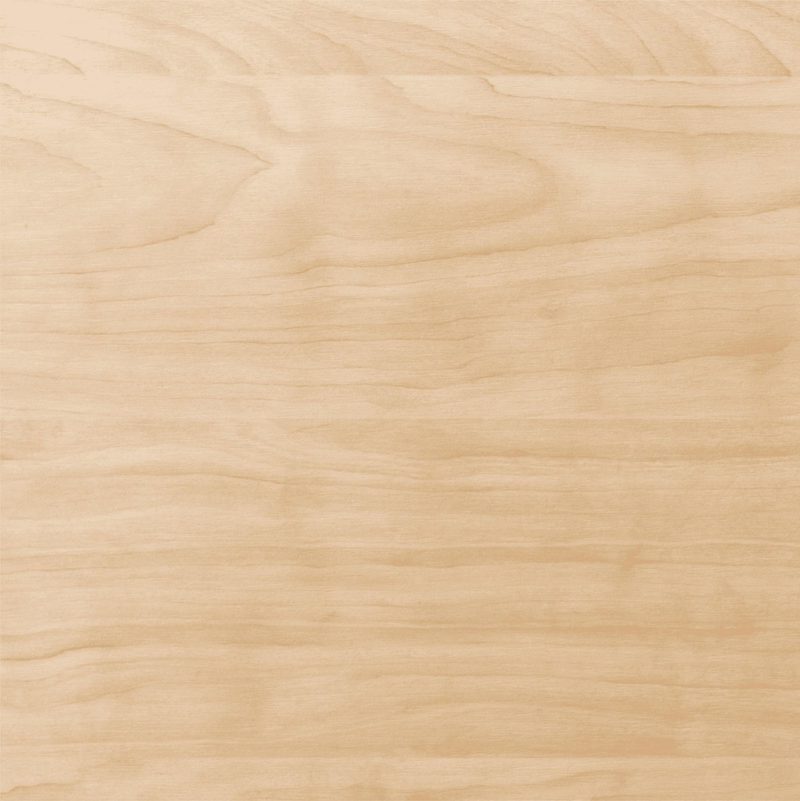
- Colour: Pale, creamy white to off-white cream; occasional reddish or golden hues
- Grain: Generally fine, smooth and even; typically straight but can show figure such as birdseye and or fiddleback
- Uses: Furniture, cabinetry, flooring, worktops, musical instruments, turned objects
- Origins: North-east USA and eastern Canada
- Cost: Medium-to-high, depending on availability, grade and figure
When asked to name a classic blonde wood, maple is usually one of the first species on the tip of people’s tongues. Hard maple (Acer saccharum) is a timeless, ever-popular cold-weather timber.
As well as a beautiful pale, creamy white colour, it has impeccable scratch resistance and hardness, suiting it to high-impact areas of the home. It’s even often used for bowling alleys flooring.
What’s more, maple usually has a straight grain and close, fine texture, making it a woodworker’s dream. Some pieces can even show unique types of figuring.
American white oak
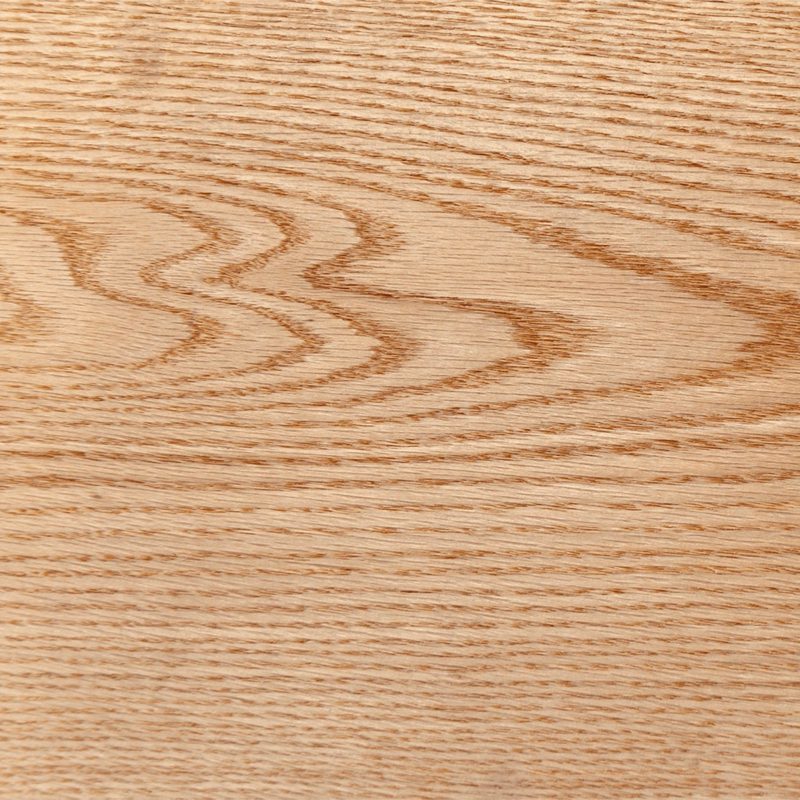
- Colour: Pale beige to light yellow-brown; heartwood often shows warm golden tones
- Grain: Prominent, open grain; generally straight but can be uneven or wavy
- Uses: Furniture, cabinetry, flooring, interior joinery, doors, veneers
- Origins: Eastern and central United States
- Cost: Medium; various based on grade, thickness and figure
There are many different species classified as oak, with American white oak (Quercus alba) one of the most well known and commercially widespread.
Along with a lighter tan colour, the wood has a prominent, open grain that’s typically straight but sometimes wavy. This gives it plenty of natural character.
Common uses include furniture, flooring and doors. Unlike some pale-coloured hardwoods, American white oak has handy water rot resistance and is even used in boatbuilding.
American oak is typically lighter in colour than its European namesake (Quercus robur), which has a darker golden-to-medium brown hue (but perhaps still classifies as ‘pale’ depending on your view).
Read more: European oak & American white oak: how they differ
European white beech
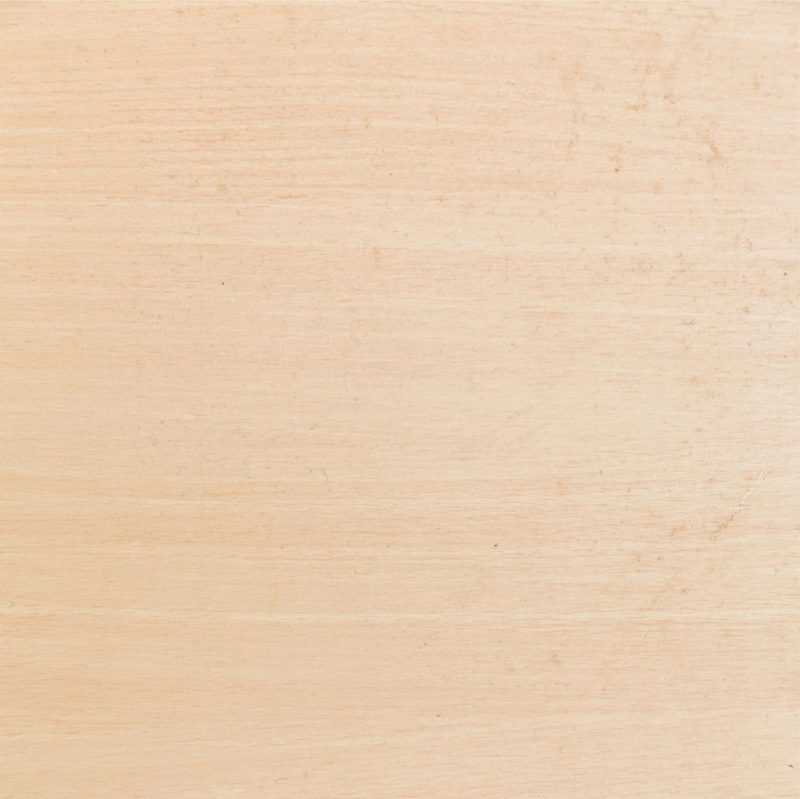
- Colour: Very pale cream to light pinkish-brown; can darken to a warm pink-reddish tone with age or steaming
- Grain: Fine, straight and subtle grain; can show small flecks due to medullary rays
- Uses: Furniture, cabinetry, flooring, interior joinery, veneers, turned components
- Origins: Central and Western Europe
- Cost: Low-to-medium; typically competitive and widely available
European white beech (Fagus sylvatica) is native across much of the European continent, from southern England to Sicily, Sweden, Portugal and even northwest Turkey.
White beech trees produce timber with a gorgeous creamy colour and fine, straight grain. It not only looks the part for a minimalist project, but is dense and workable. A top-drawer interior timber.
For those working to a tighter budget, beech’s wide distribution and abundant supply means it typically comes in at a lower price point, too.
This wood is often steamed. The process improves its workability and stability by relieving drying stresses and can even out its colour, turning it a slightly darker pale pinkish hue.
American white ash
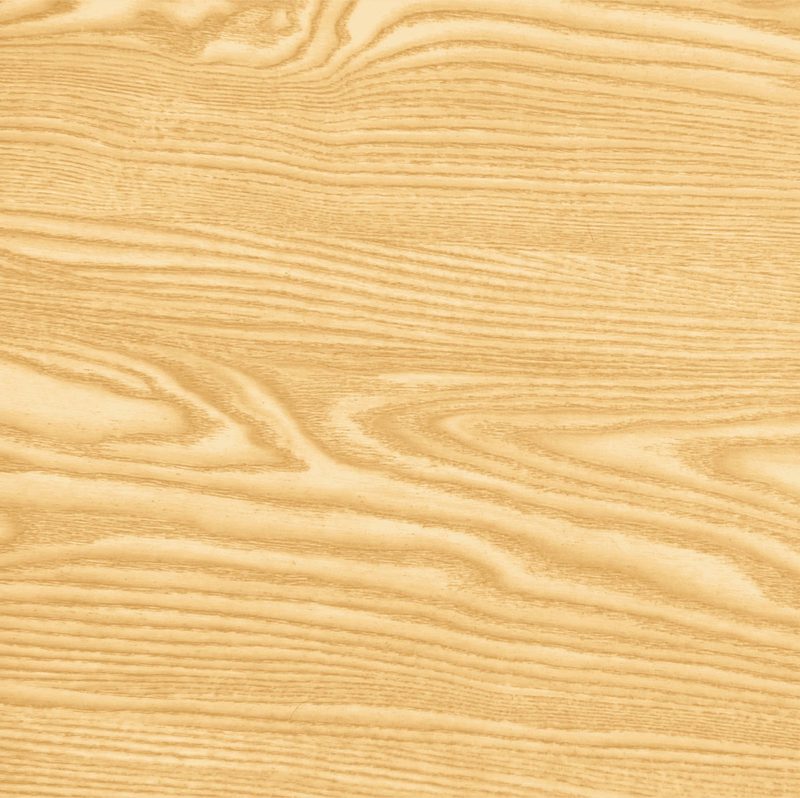
- Colour: Light cream to pale yellow-brown, with lighter sapwood and warm heartwood
- Grain: Straight and open with a pronounced, bold pattern and visible growth rings
- Uses: Furniture, cabinetry, flooring, interior joinery, veneers, turned objects
- Origin: Eastern and central United States
- Cost: Medium; usually affordable but depends on availability
American white ash trees (Fraxinus americana) traditionally grow to a great height, meaning they are often available in longer lengths.
The harvested wood is a premium-quality timber with a pale yellow-brown hue and a bold, open grain. This timber has undeniable warmth and character.
Whilst American white ash lacks natural outdoor durability, it boasts impeccable strength and density, making it a perfect contender for a range of interior projects.
European ash

- Colour: Pale cream to light grey-brown
- Grain: Straight and open with a bold, pronounced pattern; visible growth rings
- Uses: Furniture, flooring, joinery, tool handles, veneers, sports equipment
- Origin: Central and Eastern Europe
- Cost: Medium; similar to American ash, but availability can vary due to ash dieback
Similar to its American counterpart, European ash (Fraxinus excelsior) has a bold, straight grain. However, European ash tends to be slightly lighter in colour – the timber’s sapwood is nearly white, with the heartwood varying from a pale greyish brown to light brown.
It might be your preferred choice for an airier, more minimalist feel.
Supplies of ash across Europe continue to be affected by ash dieback, a widespread fungal disease. It’s worth checking in with a timber importer and supplier for availability.
American tulipwood

- Colour: Pale yellowish brown; can include subtle green, purple or grey streaks that mellow over time
- Grain: Fine, even and typically straight; has a smooth, uniform appearance with a subtle grain pattern.
- Uses: Furniture, interior joinery, cabinetry, mouldings, veneers
- Origin: Eastern United States
- Cost: Low-to-medium; typically one of the most cost-effective due to abundant supply
With its subtle grain and pale hues, American tulipwood (or poplar) boasts a smooth, understated appearance. The even, straight grain that gives this timber its subtle, uniform appearance also means it works like a dream.
Don’t see tulipwood as necessarily plain, however. Closer inspection can reveal soft green, grey and even purple streaks.
This isn’t intended to be an exhaustive list, of course. There are hundreds of other types of equally stunning pale woods available. It’s part of the glory of choosing timber as a material – there are so many stunning species to choose from and no two pieces of wood are the same.
Pale wood design inspiration and ideas
As a cornerstone of Scandinavian and minimalist design, paler woods have caught the contemporary eye for their fresh, airy and clean aesthetic. Gone are the days where only darker woods like wenge and walnut were considered the design-led choice.
Equally at home in any urban or country style, pale woods create a chic, uplifting space. They also offer a versatile, neutral backdrop upon which statement pieces can stand out – pale woods are rarely garish or overbearing.
Consider pale timber for your bedroom or living room décor and flooring for the sense of calm which these lighter woods instil.

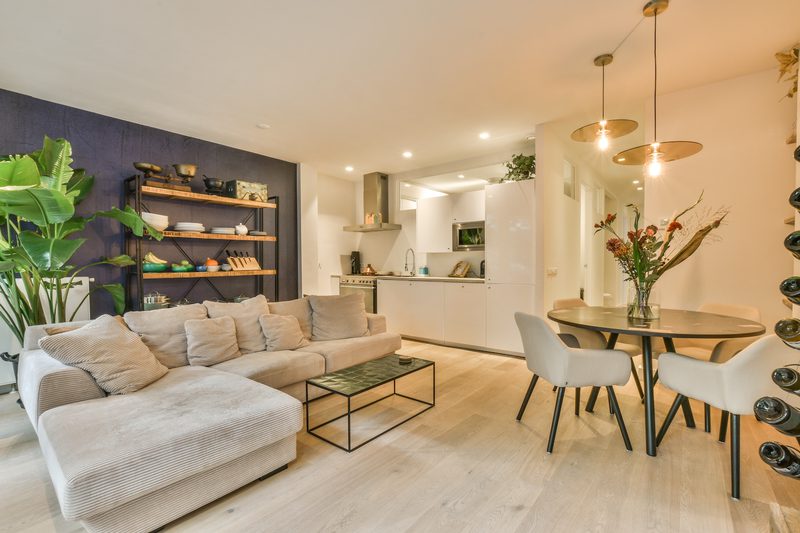
Light-coloured woods are simple to match with neutral-coloured décor (as well as with each other), so can be used throughout a room.
But whilst pale wood is great to pair, contrast is a similarly effective design tactic. A darker sofa, wall, light shade or wood feature easily pops against a neutral timber backdrop.
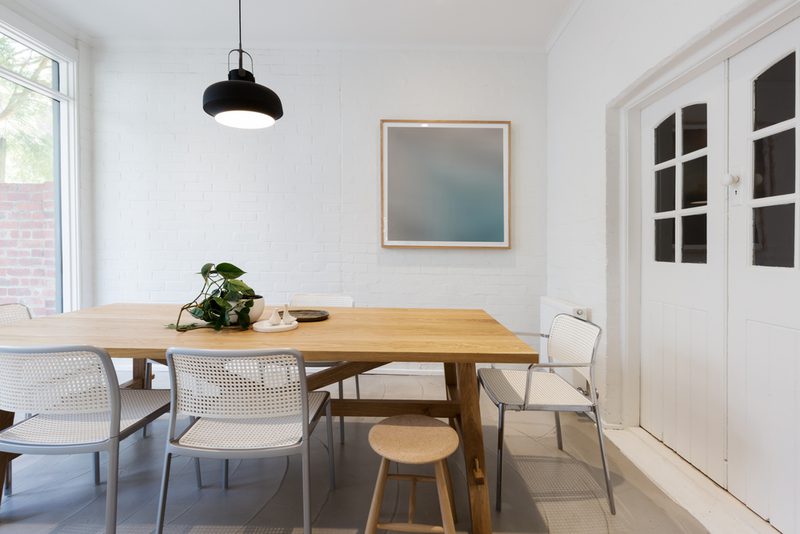
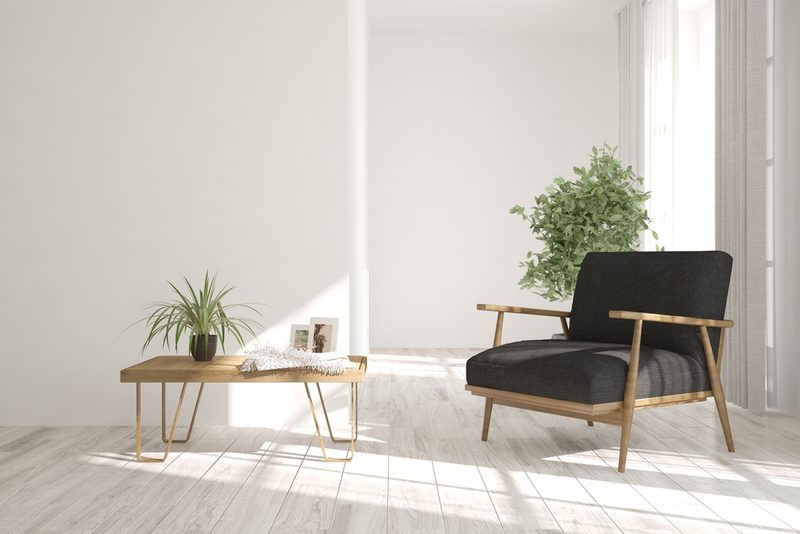
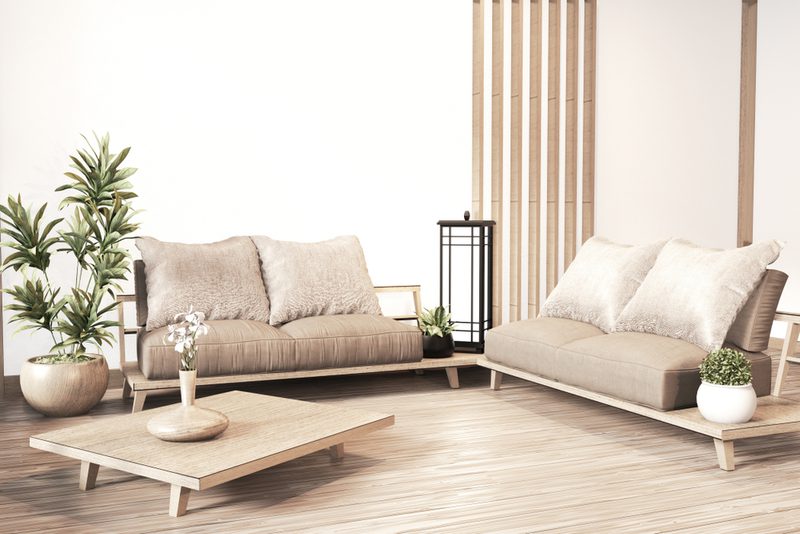

And as is true for wood of any colour, its unique natural markings and figure bring a natural touch to any space.
Start your pale wood project today
We’re a leading UK timber importer and supplier.
Our joinery, woodworking and woodturning shop is a treasure trove of light-coloured woods from across the world. This includes, of course, the species listed above.
You can visit us near Ripon, North Yorkshire, where our team would be delighted to help you with your next timber project.
But if you’re not nearby, sit tight. We’re currently in the process of launching an e-commerce store for our sawn timber ranges.
Contact our timber experts
